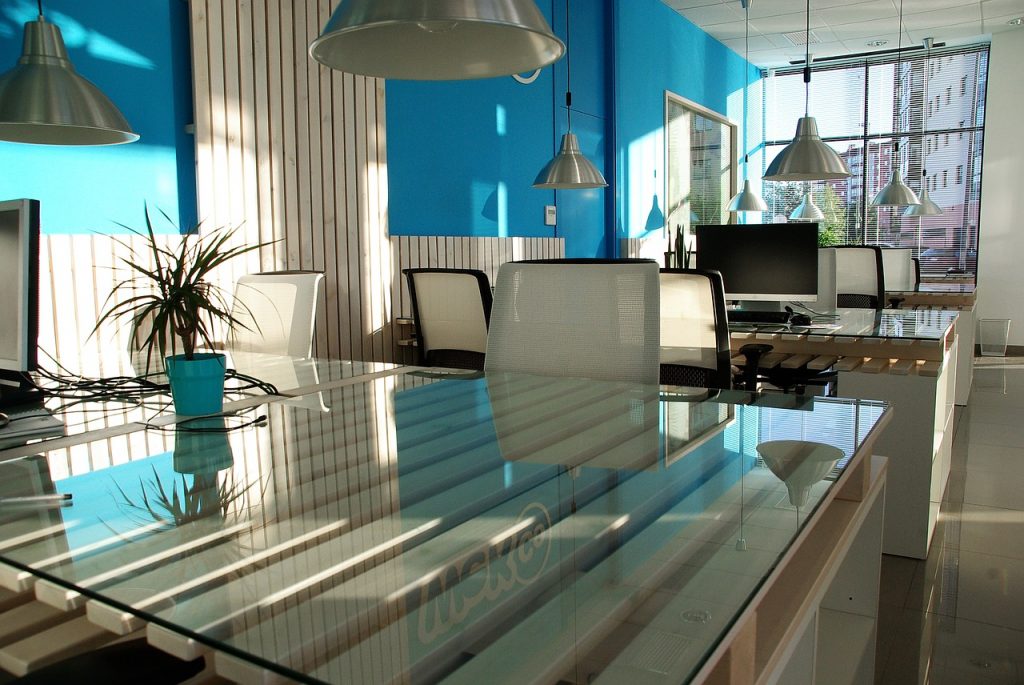Worker productivity could be boosted by the color scheme of the office they work in, according to a growing body of color psychology experts.

As such, employers should be more mindful of the influence that wall colors have on employees, Lasse Karvinen, head of product at Framery, a Finnish company that designs “work pods” for offices, said in an interview with Forbes.
Beige and light grays are some of the most popular colors used in modern workspaces, but blues and greens are also highly favored, and for strategic reasons.
In the case of green, this is said to help boost the “alertness” of people, which is why it’s often used in healthcare spaces, Karvinen said.
“It’s interesting to see that being tied into today’s workplace,” he continued. “I also feel many are turning to green as it continues to gain strength from its association with a shift toward eco-consciousness.”
Another color scheme that’s proving popular is blue, which is generally said to be a more relaxing hue. However, experts say that blues don’t necessarily make employees feel sleepier.
“While blue might be perceived as a more relaxing color, blue light—specifically around the 17,000k color temperature—is actually better at making people feel more energized, or at least less sleepy,” Ben Hamley, future of work lead at JLL Asia Pacific, told Forbes. “This is because it suppresses the body’s natural production of melatonin, a hormone that helps to regulate our circadian rhythm, the pattern that determines when we naturally sleep and wake. You may have noticed newer phone updates will give you the option to ‘shift’ the color of the LEDs in the screen to be more reddish at night so you won’t be kept awake at night by your TikTok feed.”